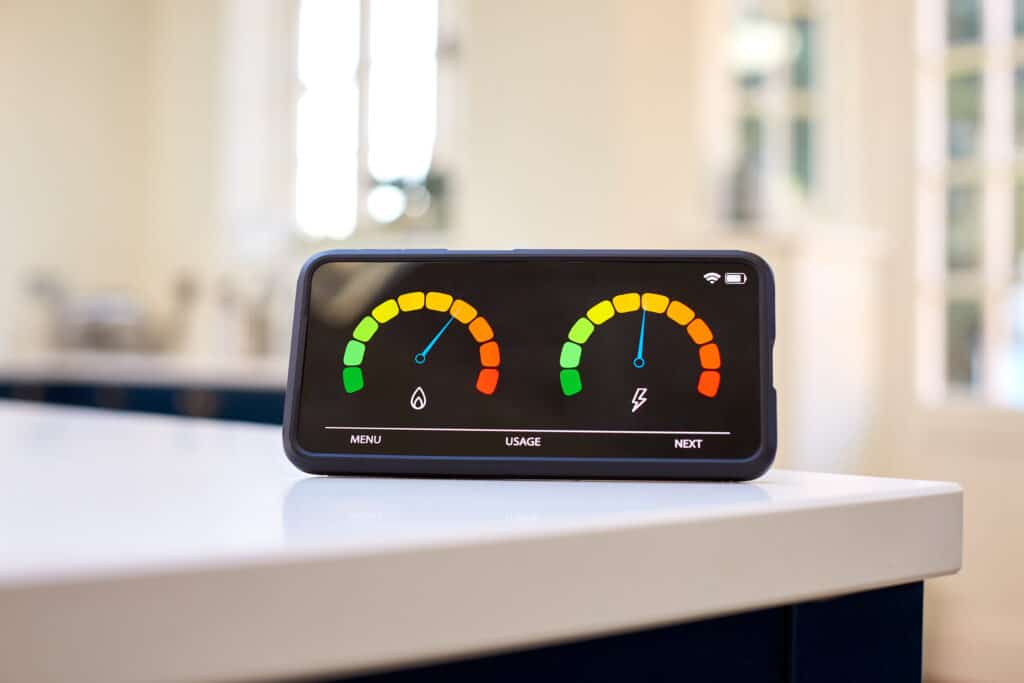What is Net Metering?
Net Energy Metering or NEM is a billing system used by utilities and homeowners with solar panels. When excess electricity is generated by the solar panels and sent to the grid, the homeowners receive credits that can be used to offset the cost of the electricity they use from the grid when the solar panels are not producing enough electricity. These credits are traditionally given at a one-to-one rate, meaning that the price of a kWh of electricity generated by the solar panels is equal to the price of a kWh of electricity used from the grid.
This means that solar homeowners with systems that generate enough electricity to meet their household’s needs can offset their electricity bills with lower monthly payments for their solar equipment. Over the 25-year lifespan of a solar system, this can lead to significant savings on energy costs.
How does NEM 3.0 work?
NEM 3.0 is a new version of the Net Energy Metering policy that has been approved by the California Public Utilities Commission for use by utility customers in Pacific Gas & Electric, Southern California Edison, and San Diego Gas & Electric territories. It is important to note that NEM 3.0 is not retroactive, so solar systems installed under NEM 1 or NEM 2 will continue to operate under those policies. The main difference between NEM 2.0 and NEM 3.0 is the value of the excess electricity produced by solar systems, known as export rates.
Under NEM 3.0, residential solar export rates will be based on an “Avoided Cost Calculator” rather than retail rates. On average, NEM 3.0 export rates are approximately 75% lower than NEM 2.0 rates, which means that solar owners will have longer payback periods and fewer cost savings under NEM 3.0.
In the case of cash purchased of a 7.6 kW system with 100% offset, you have an approximately 4x increase in cost per month on your energy bill (NEM 2.0 = $18/month | NEM 3.0 = $96/month) not to mention that your lifetime savings on the system go from approximately $116,680 under NEM 2.0 to only $73,620 with NEM 3.0. While the above example gives estimates based on a full cash purchase, the results only worsen when you add a solar loan to the mix.
NEM 3.0 has a few key features:
- It includes a significant reduction in the net metering value of solar electricity.
- No new charges or fees are sometimes called “solar taxes.”
- Pairing solar panels with battery storage will be more financially beneficial under NEM 3.0.
- Solar customers who submit an interconnection application before April 13, 2023 can be grandfathered into NEM 2.0 for 20 years.
- Solar owners who are grandfathered into NEM 2.0 will be able to add battery storage later and continue to operate under NEM 2.0.
The most significant change in NEM 3.0 is the rate structure, which will decrease the value of solar energy.

Lower Rates of Net Metering
One of the major differences between NEM 2.0 and NEM 3.0 is the way in which solar owners are compensated for excess electricity sent to the grid, also known as export rates. Under most net metering policies, including NEM 2.0, solar owners are credited at the full retail value of each kWh of electricity they send to the grid. In contrast, under the NEM 3.0 proposal, the value of solar exports will not be based on retail rates.
Instead, the export price will be determined by the “Avoided Cost Calculator” and will vary by month and hour. This can be confusing, so a chart is provided to show how homeowners will be paid for excess solar production under NEM 3.0. The gray bars indicate the cost per kWh for grid electricity, and the black bars indicate the rate at which solar owners will be credited for excess solar production.
The Utilities’ Perspective
Utilities are responsible for providing reliable, safe, and affordable energy to all customers using the electric grid. They have been concerned with the potential for cost shifts from solar customers to non-solar customers, including many low-income customers who may not have the financial means to adopt distributed energy resources like onsite solar and energy storage.
NEM 3.0 has been proposed as a way to incentivize customers to pair their home solar systems with storage, as the proposal states that it “provides a storage incentive through non-tiered cost based TOU rates and ensures customers pay for costs incurred to serve them through a customer charge.” In practice, this means that customers who add battery storage to their solar system will be able to avoid some of the higher rates associated with pulling power from the grid during times of high demand, when time-of-use rates are higher.
When will NEM 3 Begin?
The California Public Utilities Commission (CPUC) voted unanimously to pass NEM 3.0 on December 15, 2022. This decision triggered a 120-day sunset period for NEM 2.0, during which investor-owned utility customers have until April 13, 2023 to submit interconnection paperwork and be grandfathered into NEM 2.0. To learn more about Net Metering and it’s effect on your Solar. Reach out to a solar energy expert!



